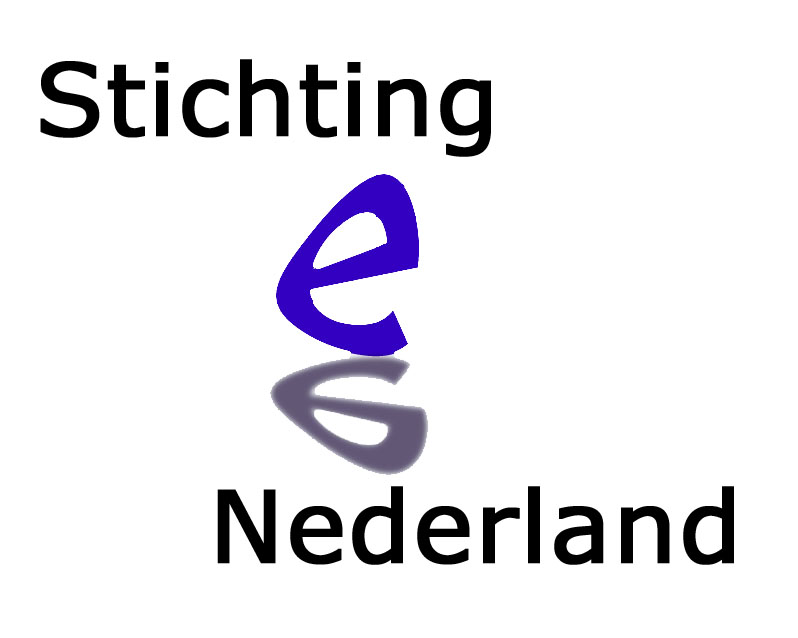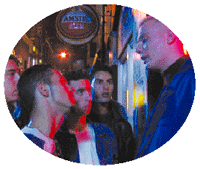 |
||||
Experience Workshop: "The Making of De Straat is Van Ons (The Street is Ours)" A Target Group Designs EE"At last there is a film that shows us... our faces and our reality..." According to filmmakers Peter Bosch and Julia van Graevenitz (The Netherlands), this is how Amsterdam's street youth typically respond to their film De Straat is Van Ons (The Street is Ours). Telling the Stories of Street Youth
Dinner Meetings Open a DialogueBosch and van Graevenitz explained how they began their project by inviting youth to free dinners in an attempt to engage them. "After just two dinners," Bosch said, "we said to each other: 'We can't turn back now. '" The filmmakers tried to invite groups at the dinner meetings from different ethnic and social backgrounds. "The meetings gave better food for discussion when opinions differed on topics like male-female roles, or perspectives on society, reproductive health and work," said van Graevenitz. Meeting over the dinner table was a good forum for mediation, although it did not work for all groups. For example, Moroccan girls were more accessible when no boys or even girls from other ethnic backgrounds were present.
Municipal authorities and the police, who are confronted with street youth every day, were very cooperative, but Bosch and van Graevenitz started to film with two-thirds of the money still lacking. The 450 000 guilder film (~$ 175,000 US) was filmed over 13 days, with the street youth playing the roles of invented characters modeled on themselves. Overwhelming Response to the FilmBosch and van Graevenitz explained how there was an overwhelming response to their film from many sources. Young people are proud to see their stories being aired in a public forum, leading to the filmmakers being inundated with questions from social workers about their methodology for gaining access to the youth. Other groups attempting to work with young people at risk are copying their method of offering free dinners as a catalyst for discussion and dialogue. On the other hand, organizations working with minorities have criticized the film for being too "heavy" and "raw." One of the most critical organizations appeared to be the Foundation for Ethnic Broadcasting, which tries to improve the image of people from other than traditionally Dutch ethnic backgrounds on television. According to van Graevenitz, representatives of the Foundation were very shocked when they saw that the film showed non-native Dutch people "warts and all." Others noted, however, that the film gives an excellent inside view of world of the ethnic youth, providing tools for intermediaries to work with them. The film was screened in several cities in The Netherlands, with the filmmakers and actors facilitating discussion groups after the screenings. In addition, the actors in the film engage with young people in cities where the film will be screened, encouraging them to attend and participate in the discussions that follow. EE Projects can have "Nine Lives"Participants voiced their hope that, now that an effective EE product had been created, others would model this approach. In addition, they also raised the question of the future usefulness of the film. Panelist Hugh Rigby (USA) offered a solution: EE projects can have "nine lives." Instead of ending up on a shelf in a canister, he said, films such as De Straat is Van Ons should be reused in various formats. His department avoids "re-inventing the wheel" in materials development by applying lessons learned from a variety of projects. Rigby also mentioned the possible utilization of new technologies that will allow digital streaming of media, providing increased access to EE materials over the Internet.
|
![]()

 Most
of these youth are children of migrant workers from Morocco and
former colonies of The Netherlands. On a daily basis they must
deal with such issues as teenage pregnancies and conflicts with
police. These youth were born in The Netherlands (Amsterdam in
the film) but feel caught between cultures. Perceived as foreigners
by the native people, and with no connection to their parents'
culture, these youngsters lose motivation to attend school. Add
to this their frequently overcrowded living arrangements at home,
and these youth often end up living on the street, connected to
their peers through a network of cellular telephones. It was these
stories that Bosch and van Graevenitz set out to tell. Their film
was inspired by a desire to improve the self-worth of these youth
by validating their stories.
Most
of these youth are children of migrant workers from Morocco and
former colonies of The Netherlands. On a daily basis they must
deal with such issues as teenage pregnancies and conflicts with
police. These youth were born in The Netherlands (Amsterdam in
the film) but feel caught between cultures. Perceived as foreigners
by the native people, and with no connection to their parents'
culture, these youngsters lose motivation to attend school. Add
to this their frequently overcrowded living arrangements at home,
and these youth often end up living on the street, connected to
their peers through a network of cellular telephones. It was these
stories that Bosch and van Graevenitz set out to tell. Their film
was inspired by a desire to improve the self-worth of these youth
by validating their stories.
 Filming
began after a year of dinner meetings. Funding was primarily from
social organizations interested in improving the well being of
youth, with mainstream funding organizations avoiding the project,
because it was thought to be too controversial, showing primarily
the youths perspective. Insurance companies did not want to insure
the filmmakers' equipment, afraid as they were for theft and vandalism.
Bosch and van Graevenitz, however, trusted their "actors" because
they had won their approval of the project.
Filming
began after a year of dinner meetings. Funding was primarily from
social organizations interested in improving the well being of
youth, with mainstream funding organizations avoiding the project,
because it was thought to be too controversial, showing primarily
the youths perspective. Insurance companies did not want to insure
the filmmakers' equipment, afraid as they were for theft and vandalism.
Bosch and van Graevenitz, however, trusted their "actors" because
they had won their approval of the project.